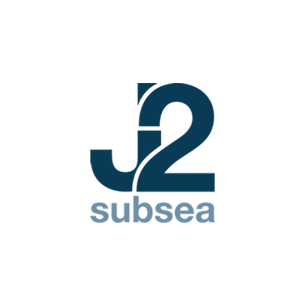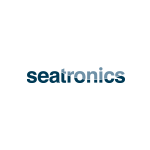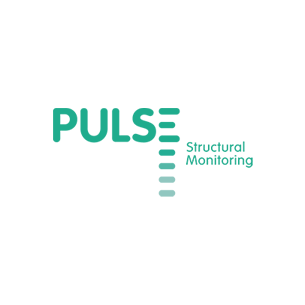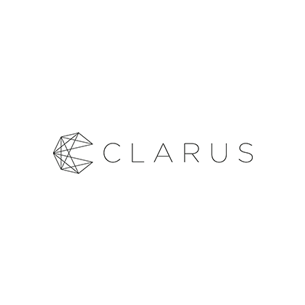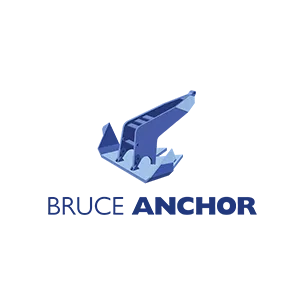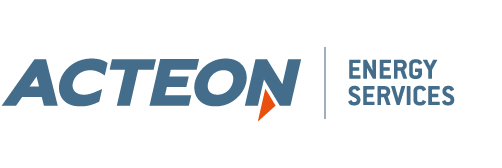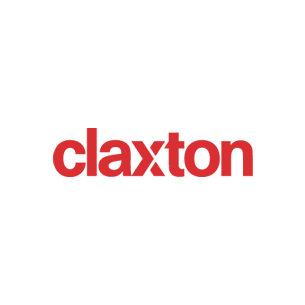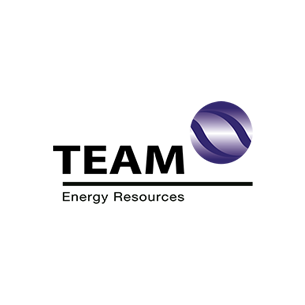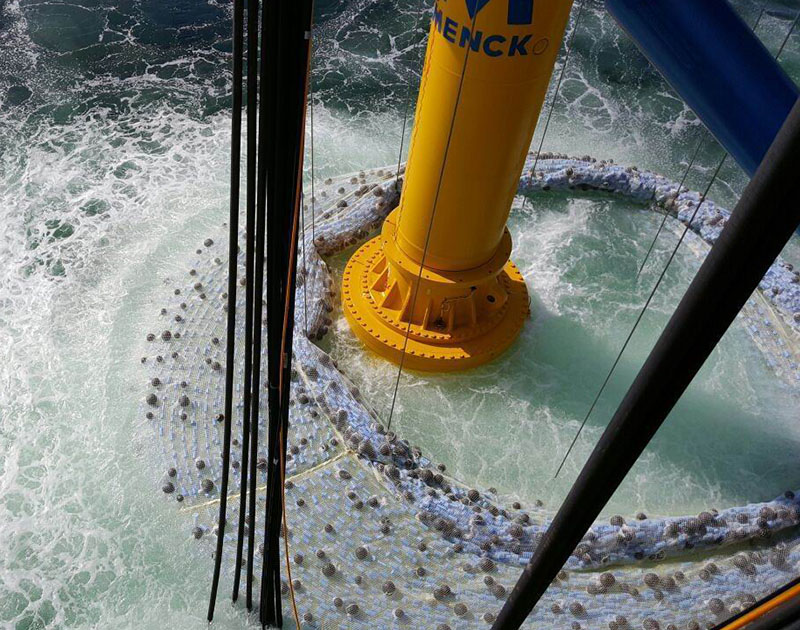Germany
In 2008, Germany became the first nation worldwide to define an underwater noise limit at SEL 160db (sound exposure level) and SPL 190dB (sound peak level) at a distance of 750m from the sound source.
UK
In contrast, there is currently no underwater noise limit in UK waters, but the legislation outlined below must be complied with. There is, however, a requirement to have a mammal surveyor on the vessel who checks the area.
In response to the possible impact of anthropogenic noise on aquatic life, policymakers have developed management approaches to assess and mitigate this risk through legislative frameworks such as the European Marine Strategy Framework Directive (MSFD). Anthropogenic noise in the marine environment can be classed as either acute or chronic. Acute noise, such as seismic surveys or military sonar, is high in intensity, short in duration and often pulsed. Chronic noise refers to long term, low-intensity noise, for example from shipping and industrial activity.
The MSFD was adopted in 2008 and since then the Commission adopted a report on the first implementation cycle of the Marine Strategy Framework Directive in June 2020. This report, required by Article 20 of the Directive, shows that while the EU’s framework for marine environmental protection is one of the most comprehensive and ambitious worldwide, it needs to be more robust to be able to tackle predominant pressures such as underwater noise.
ACTEON’S SOLUTION TO THE INDUSTRY’S CHALLENGE
MENCK, a marine foundations brand in Acteon’s Engineering, Moorings and Foundations division, and their team of engineers have developed a solution to address the challenges of environmental noise by designing ‘primary’ noise mitigation systems which are integrated into the MENCK hammer and change the force character of the hammer to reduce the noise before it is transferred into the water. This system works in addition to secondary systems which actively reduce the noise by absorbing the energy in the water during pile installations. The continuous exchange of progress made during the concept and final design with clients has ensured a new design which works for the MENCK systems and addresses the market and clients’ expectations. The system is manufactured and ready for its first practical operation.
Silence is golden
The MENCK noise reduction unit (MNRU) has become an integral part of the MHU hammer during operation. By precisely influencing the force-generation characteristics of the single impact during pile driving, the MNRU reduces the noise-generating attributes of the impact while ensuring continuous drivability of the pile. The noise level is actively reduced by 9–12 dB or equivalent to >80% of the original system.
MENCK’s patented topside noise reduction skirt can reduce sound energy emission around a pile up to 65% – important for those projects close to noise-sensitive areas.

Fatigue damage
Underwater noise is created by the shockwave travelling in milliseconds through the monopile during hammering. By changing the force character or force introduction time, MENCK has achieved a significant fatigue reduction. By comparing the original hammer with the MNRU version, the fatigue is reduced by 20-25% which should open opportunities for steel savings in the future for clients.
WHAT DOES THE FUTURE LOOK LIKE FOR OFFSHORE PILE DRIVING?
Rapidly developing technology and the variable challenges of locations mean that contractors will have to pay careful consideration to the noise mitigation measures that they choose.
New locations for offshore wind farms are moving to deeper waters with stronger currents so naturally, solutions will need to adapt to these challenging locations.
How is Acteon responding to the challenges of deeper waters?
The new generation of turbines (larger 15MW) will be introduced into the market in 2024. As a result, the foundation size will be increased as well whereby the underwater noise limitations will increase. To investigate the potential of further primary noise reduction possibilities, MENCK, Novicos and the University of Hamburg jointly conducted a research project between 2018 and 2020 to develop further strategies to optimise components of the hammer to address this challenge. The promising results will be implemented into a new hammer for larger monopiles.
FIVE BENEFITS OF ACTEON’S NOISE MITIGATION TECHNOLOGY
- Our patented topside noise reduction skirt can reduce sound energy emission around a pile by up to 65% – essential for projects close to noise-sensitive areas.
- The noise reduction skirt can be mounted directly to the hammer, allowing easy visibility for manoeuvrability and reducing handling time.
- Our unique combination of modern technology and old-school ingenuity means that Acteon is leading the industry in pile-driving noise reduction research; developing top-side and underwater noise reduction systems.
- The MENCK Noise Reduction Unit (MNRU) reduces the noise-generating attributes of the impact during pile driving operations by 9–12 dB, or an equivalent to >80% of the original system while ensuring continuous drivability.
- The MNRU is the much-reduced fatigue induction during pile driving which can allow for new design approaches to the foundation piles and reduced costs due to material savings.

Marine foundations brochure
Download our marine foundations brochure to see how Acteon applies decades of experience to provide foundations services for marine energy assets.

